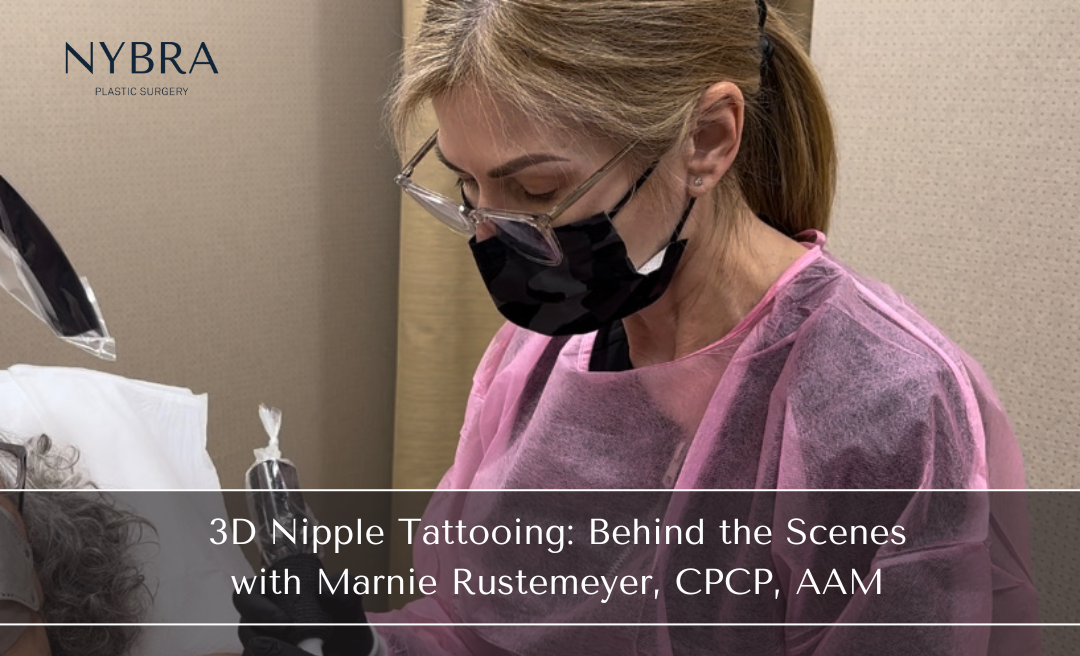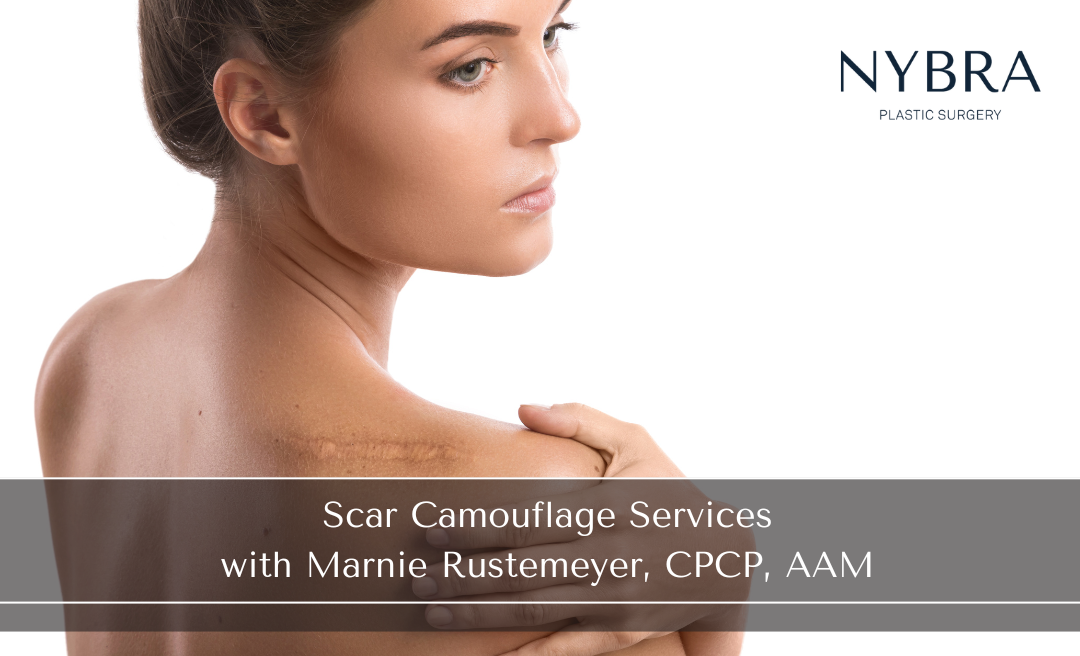3D Nipple Tattooing: Behind the Scenes
November 18, 2022
Nipple areola tattooing is widely known for its ability to create realistic, 3D nipple tattoos for post-mastectomy breast cancer patients and patients who have undergone other types of breast surgery. 3D nipple areola tattoos are a great option for patients after breast surgery where the nipple has been lost or compromised (including top surgery). These tattoos can become an important component of physical and emotional healing. They allow patients to confidently reclaim their bodies and move forward.
3D nipple areola tattooing can create the appearance of a nipple without reconstruction.
Tattooing alone can provide the appearance of a three-dimensional nipple areola for patients who are hesitant to undergo nipple areola reconstruction. Tattooing is also an excellent option for patients who may not be ideal candidates for nipple reconstruction, such as those with thin or radiated breast skin. Regardless of whether tattooing is done alone or in the setting of prior nipple areola reconstruction, it is typically necessary to have more than one tattooing session to maximize the quality of the outcome.
Nipple areola tattoos are permanent.
For many, having their nipple areola tattoo is the final chapter in their healing process. It marks the end of their journey (be it from breast cancer, transitioning, or cosmetic enhancement). I ensure that the tattoos I create respect that sense of closure. Permanent pigments ensure that tattoos will not require any type of touch ups or pigment enhancement after they are complete. Patients can rest assured that they will not have to repeatedly disrupt the already delicate skin in that area or emotionally revisit an often difficult period of their lives.
The tattoo process tends to be a simple, painless, three-step process.
Nipple areola tattoos generally require three visits. The first visit is an initial consultation, where I evaluate your reconstruction, review the procedure, and answer any questions that you might have. On tattoo day, I take measurements and find the correct placement and color for the new tattoos. The patient takes a look at both the color and position before we move forward. The tattoo process itself is painless for most people. When we are done with the first session, I’ll check in with the patient again in front of a mirror to make sure everything looks great. The second tattoo session takes place eight weeks later to reinforce any pigment that might have faded and add additional detail to the tattoos.
What is Scar Camouflage and How Does it Work?
One of the key topics that comes up when we talk about scar management is scar camouflage. Scar camouflage is exactly what it sounds like:…
